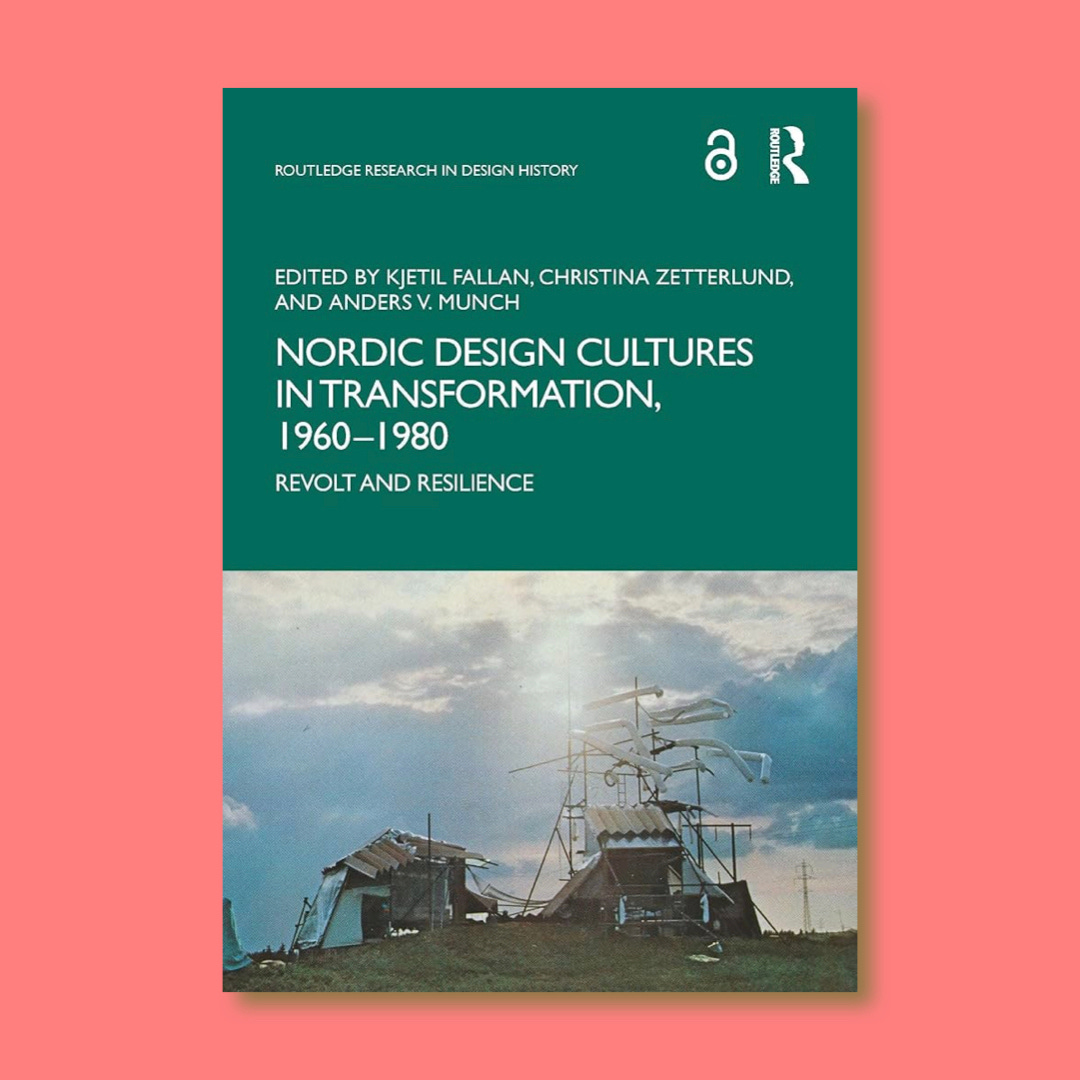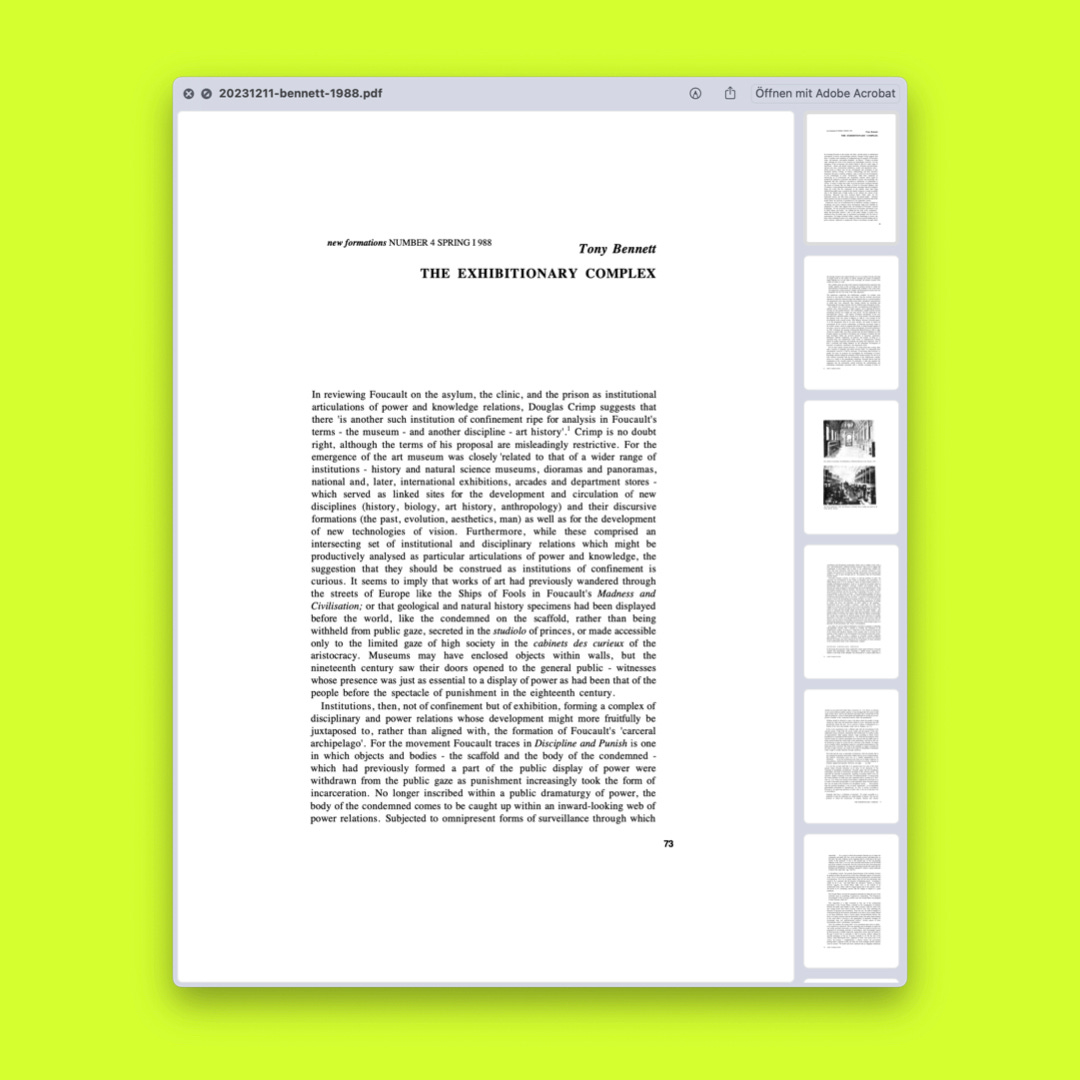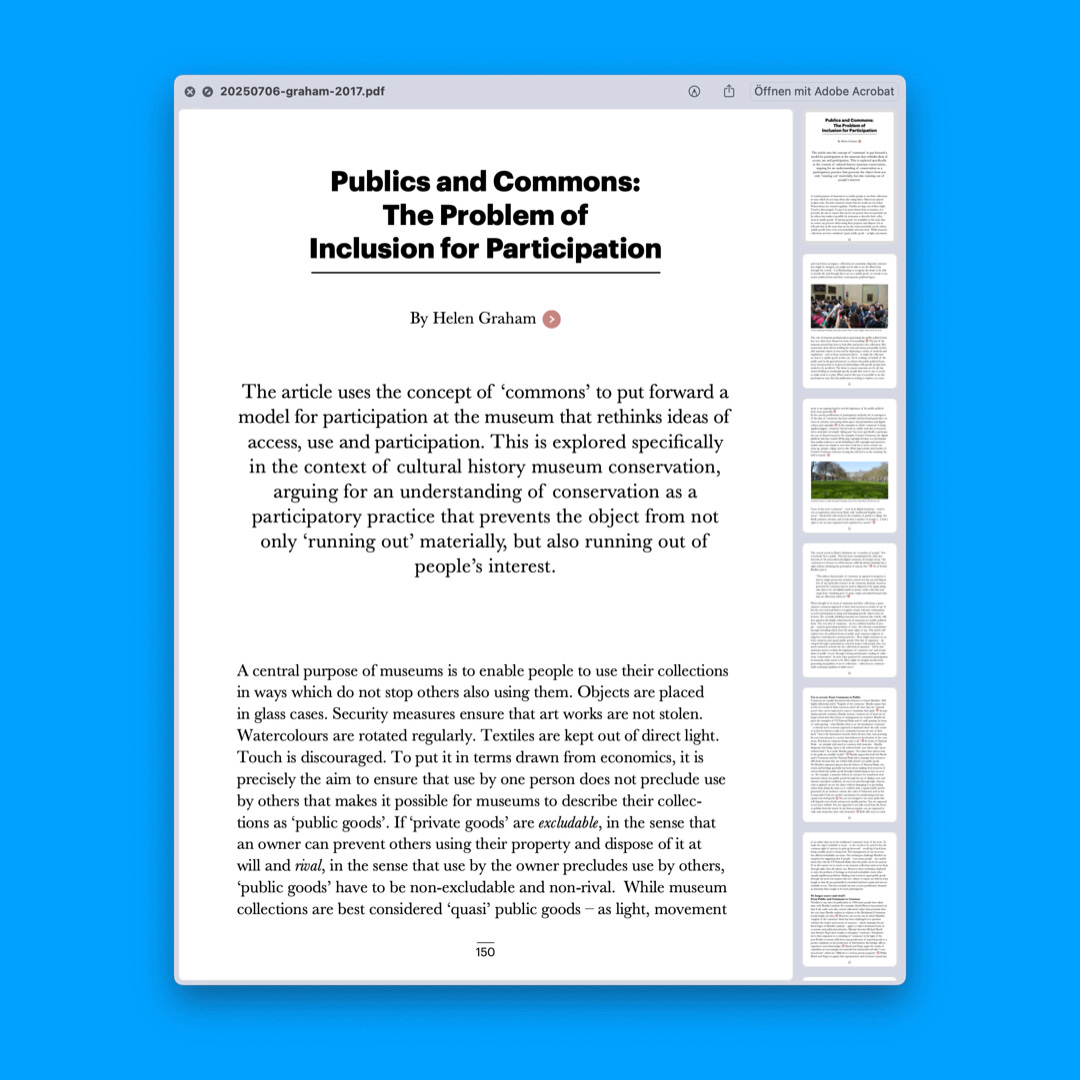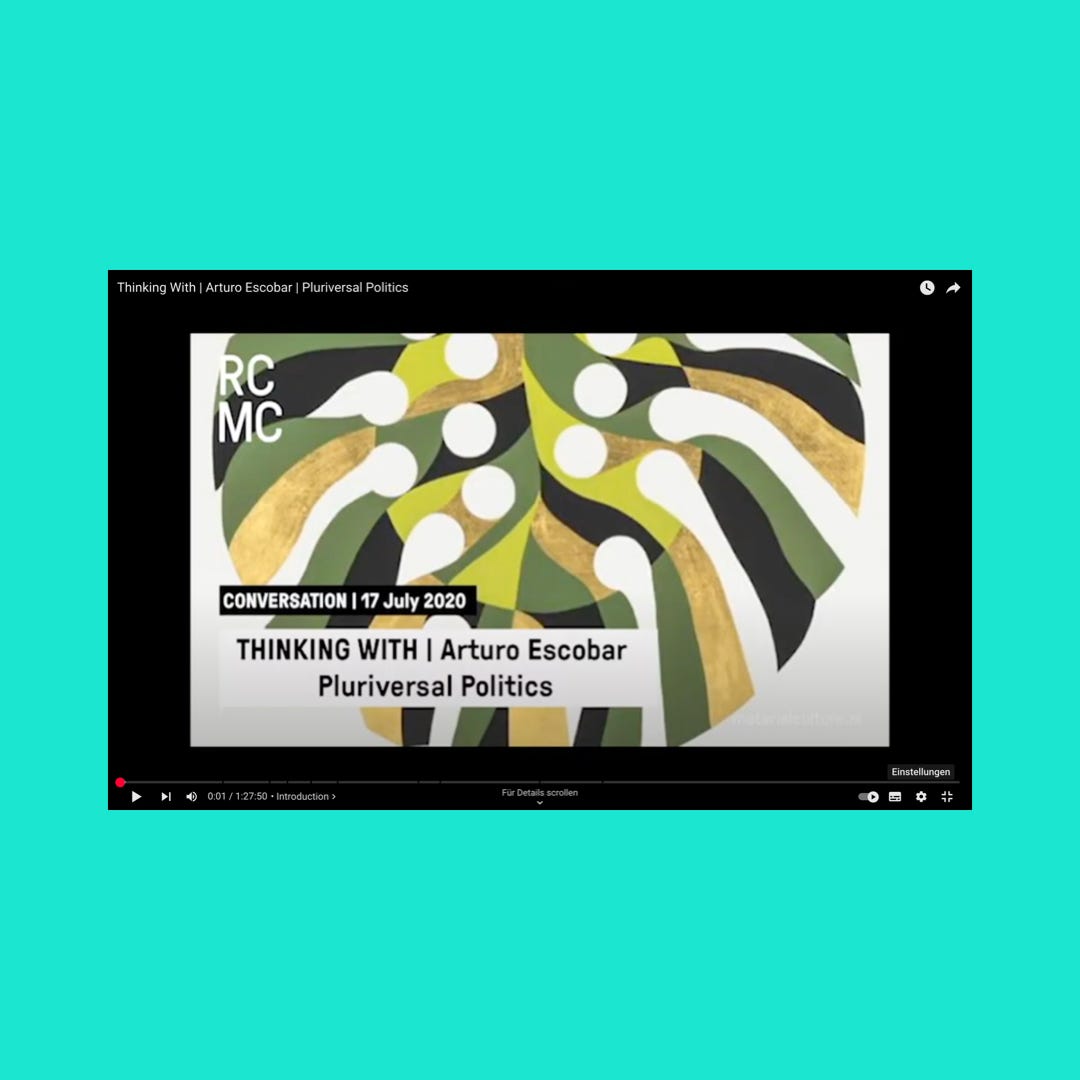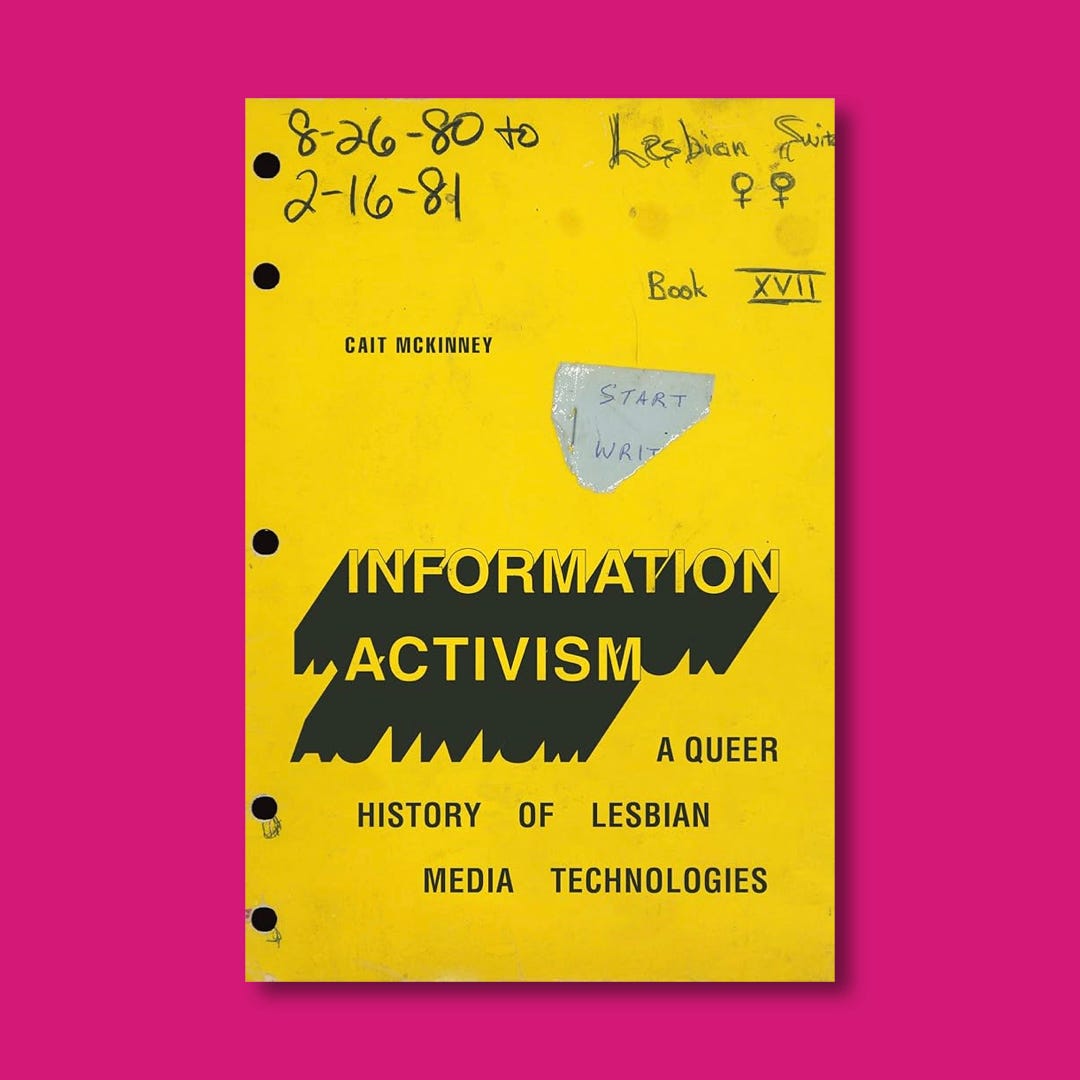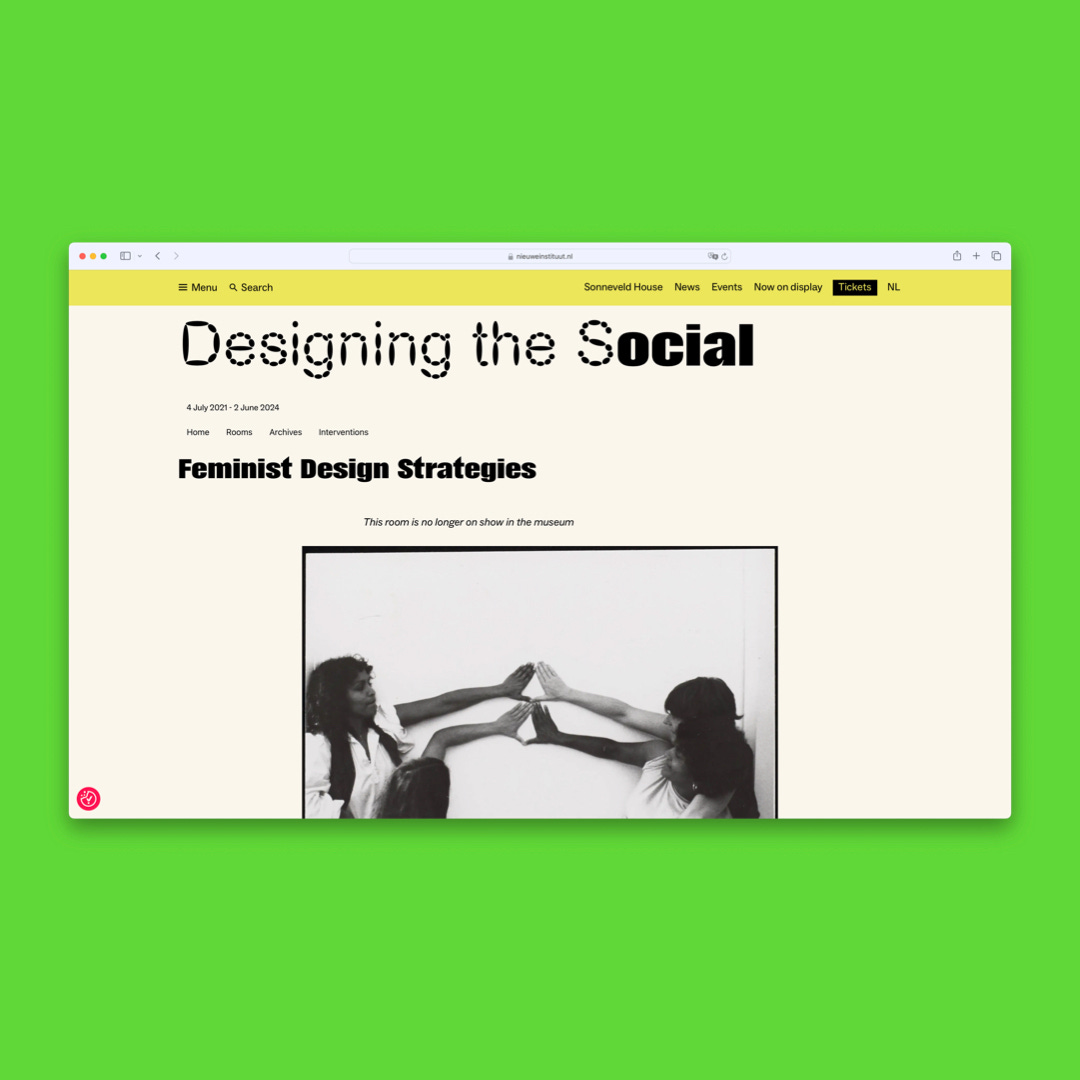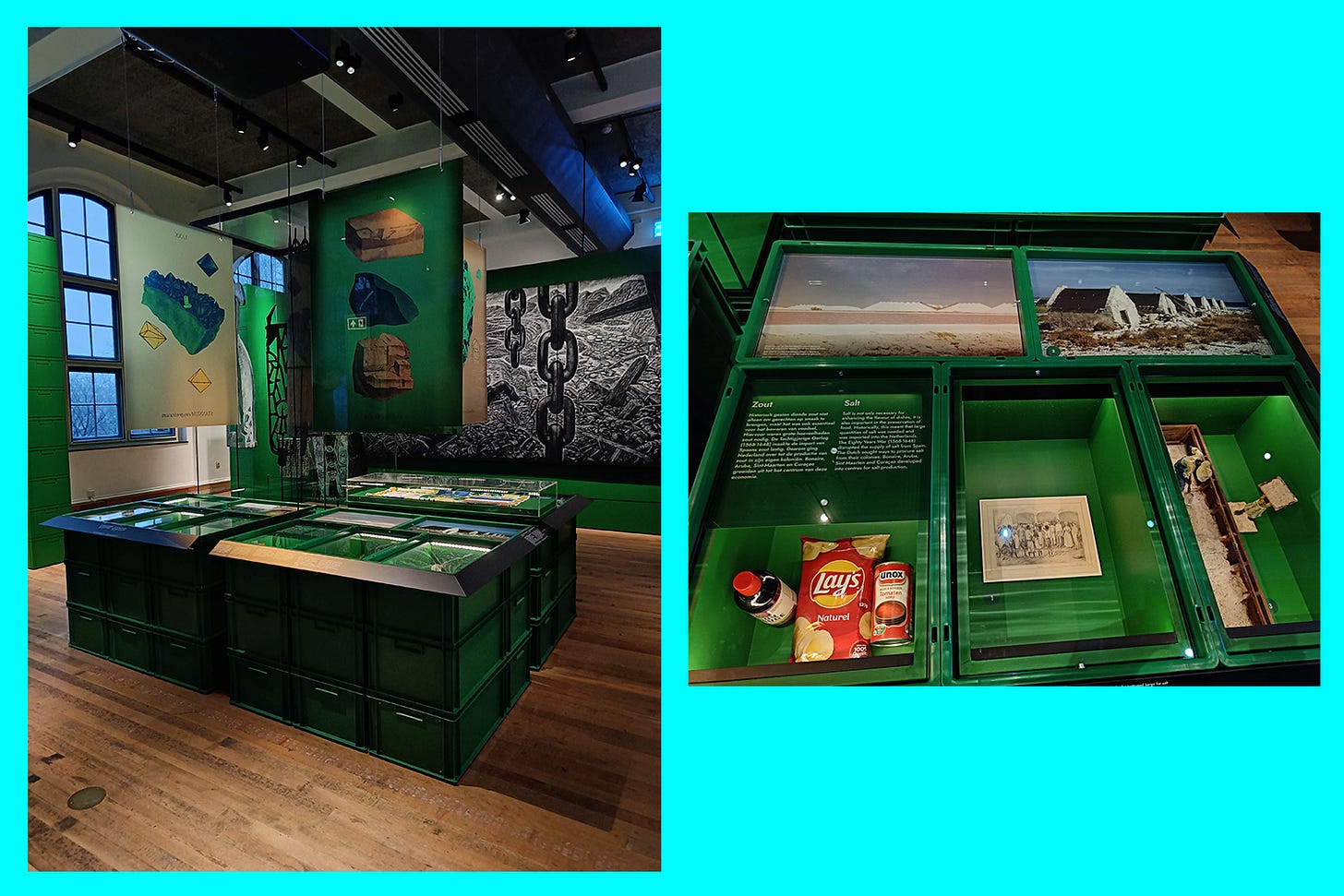Teaching Design – Infrequent Newsletter #9
Feminist Design Strategies for Transforming Design Museums
Dear design teachers/learners and bibliography-lovers,
thanks for subscribing (or staying subscribed) to this mailing list and following the research project!
This newsletter edition #9 is curated in collaboration with Anja Neidhardt-Mokoena. We met in Berlin in 2018 when Anja was already on her journey of exploring design through intersectional-feminist perspectives, writing for Form magazine and others. In 2019 we founded Teaching Design together and curated the exhibition Teaching Design Conversation at A–Z Berlin – a week-long temporary library with talks, readings and workshops on design education. Since then a lot has happened. Just last year Anja defended her PhD thesis Feminist design strategies for transforming design museums towards more just futures at Umeå University in which she explored what established design museums could learn from community archives and how they need to change to become able to realize their potential to contribute to refuturing processes.
This newsletter builds on Anja’s PhD research project and shares a selection of resources on (1) Exhibition Making (2) Design and its Museums Involved in Defuturing, and (3) Learning from Protest Archives and Already Transforming Museums. A few additional resources have also found their way into the bibliography.
Today we’re also introducing a new format to the newsletter: Design Activities – an exercise, prompt, a proposition, a reflection to be probed inside or outside the design classroom. Design Activities is meant to bridge the gap between theory and practice in power-critical design education and is going to correspond to the newsletter’s theme.
Note: We invite you to read (or: explore) this Newsletter like an exhibition. We have gathered resources and ideas with the intention that they can come in contact and create synergies as well as tensions – and with that new meanings and knowledge. This also depends on how you relate them to each other, and how you relate to them. With this we wish you happy reading and exploring!
Lots of 💜
Anja and Lisa
Design Activities
In class
Bring an object to class. Come together in small groups and discuss and document: What kind of questions could you ask the object? Compile a list. Mix up the groups and reflect on your questions: Which questions are obvious to ask? Which questions were not asked? For instance: Which questions pop up only when the object is being produced, used, consumed, shared, transported, … ?
In the museum
Wander around the exhibition individually and pick an object. Look for the information the museum offers on the object. What can you find out? What information is not provided? What would you like to know? Where could you find this info? Who could you ask? Come together in small groups and discuss and reflect on your findings.
Inspirational resources:
Baumgarten, Lisa and Neidhardt, Anja (2020): Im Dialog mit den Dingen mit. In: Christensen, Michelle; Fezer, Jesko; Herlo, Bianca; Hornuff, Daniel and Joost, Gesche (ed.): Lechts Rinks, Eine Auseinandersetzung mit dem Design der Neuen Rechten. Hamburg: ADOCS Verlag.
→ Accessible in Englisch here.
Clover, Darlene; Taber, Nancy and Sanford, Kathy( 2018). Dripping Pink and Blue: Seeing the Unseen Through the Feminist Museum Hack, Andragoška spoznanja, 24(3), pp. 11–28.
→ Access the paper here.
Added to the bibliography
Fallan, Kjetil; Zetterlund, Christina and Munch, Anders V. (eds.). Nordic Design Cultures in Transformation, 1960–1980. New York: Routledge.
This book is a great resource for inspiration when it comes to transforming design through exhibition making and through redesigning museums. Especially Christina Zetterlund’s chapter on »exhibition as a critical tool« (pp. 62–71) and Anna Westman Kuhmunen’s chapter on »institutions and exhibitions in the 1970s« (pp. 83–100) from a Sami perspective.
Bennett, Tony (1988). The exhibitionary complex, in: new formations Number 4, Spring.
The idea of a design museum is often traced back to the Great Exhibition of the Works of Industry of All Nations in London, 1851. Tony Bennett argues that the focus of participating nations was not only on celebrating progress in the form of modern industrial technology and design – they were also eager to use this platform to represent themselves as »advanced« and »superior« in the race for profits under imperialism and capitalism. Not only did (design) museums play a crucial role in othering colonised peoples. They also supported their Western nations to invite the working class in to take part in profiting from their power and progress, based on exploitation. See also Dori Tunstall’s (2023) book Decolonizing Design: A Cultural Justice Guidebook.
Bayer, Natalie; Kazeem-Kamiński, Belinda and Sternfeld, Nora (eds.) (2017): Curating as Anti-Racist Practice, Aalto University.
In Curating as Anti-Racist Practice, Belinda Kazeem-Kamiński, Nathalie Beyer and Nora Sternfeld compile contributions that combine insights, demands and strategies from postcolonial theory, critical whiteness studies and gender studies, presenting them as guidelines for an antiracist practice of exhibiting and mediation.
→ Access the publication here.
Graham, Helen (2017). Publics and Commons, The Problem of Inclusion for Participation, ARKEN Bulletin, vol 7.
In design we know how important interaction with a design object is, yet design museums focus on preserving the material conditions of exhibits and therefore usually do not allow visitors to touch or even use them. This leads to situations in which »the very community that enthuses about the collections themselves loses interest as the objects are no longer allowed to be what originally gave them purpose«, as Helen Graham (2017, p. 162) says. She develops a proposal for how knowledge and enriching experiences (that might have even been the initial reason for collecting a design) might still be passed on.
RCMC (2020). Thinking With Arturo Escobar: Pluriversal Politics. 17 July 2020, [Video], YouTube.
In this video Arturo Escobar (in conversation with the director of content at Wereldmuseum Wayne Modest) shows how the world and design are in crisis, and how therefore design museums are in crisis too. However, Escobar emphasises that design museums actually hold potential to »orient and redirect design« (RCMC, 2020, 0:23:55).
→ Watch the video here.
McKinney, Cait (2020). Information Activism: A Queer History of Lesbian Media Technologies, Durham, Duke University Press.
In her thesis, Anja shows how there is a need for established design museums to change, so that they can release their potential to contribute to the development of more just futures. She then turns to community archives to learn from them. One of her main sources is this book by Cait McKinney about lesbian media technologies that also has a focus on the Lesbian Herstory Archives in New York. »This book understands information primarily through the material work processes that organize and transmit information so that it might be useful to marginalized publics who otherwise lack easy access to these resources« (McKinney, 2020, p. 10). The book is concerned with »creating infrastructures and interfaces that open up worlds« (Ibid.).
Nixdorff, Tabea; Noorani, Setareh; Millar Fisher, Michelle and Winick, Amber (2021–2024). Feminist Design Strategies, [Exhibition], Het Nieuwe Instituut, Rotterdam, Netherlands.
The exhibition room Feminist Design Strategies by members of Collecting Otherwise at Het Nieuwe Instituut traced continuous intersectional feminist struggles in The Netherlands. One of their aims was to create reachability and possibilities for intergenerational exchange, for example through accompanying events during the Feminist Assembly Month in September 2022.
→ Learn more about the project here.
Photos: Anja Neidhardt-Mokoena
Wereldmuseum, Amsterdam (ongoing). »Our Colonial Heritage« [Exhibition].
In her research process, Anja did not only learn from community archives, but also from museums that have already started transformational processes. The Wereldmuseum in Amsterdam, founded 1864 as an ethnographic museum, has in recent years begun a transformational process. Today the museum works through its own history which allows the museum to (re)position itself and to step into its responsibility. Interestingly, from its new positionality, Wereldmuseum also sees and speaks about the links to design as »usually exhibited in art museums [or: design museums], while crafts are considered the domain of ethnographic museums« (Wereldmuseum, permanent exhibition text).
→ Find out more about the exhibition here.
Deliss, Clémentine (2020). The Metabolic Museum, Berlin, Hatje Cantz.
Anja’s PhD thesis does not only develop feminist design strategies for initiating transformational processes in established design museums. It also envisions what she calls metabolic design museums, following Clémentine Deliss’ (2020) concept of the metabolic museum. A metabolic museum is a museum that has entered a transformational process – not with the aim to »arrive« at an endpoint, but to continue this process in order to not fossilise.
ongoing Open Call
We invite contributions from you; design educators, students, alumni, researchers, pedagoges, enthusiasts and others to submit and share the sources which are reference points and/or inspiration to your practice! Your contribution will be published in our infrequent newsletter and in our text-based bibliography.
→ Find out how to contribute here.
Info
Teaching Design started as a collectively gathered bibliography focusing on design education from intersectional feminist and decolonial perspectives. Since its launch in September 2019, it has expanded into conversational formats, workshops, a temporary library and a space for reflections, which all has led to the platform in its current form.
Currently the bibliography as well as this newsletter is curated and edited by Lisa Baumgarten unless mentioned otherwise.




